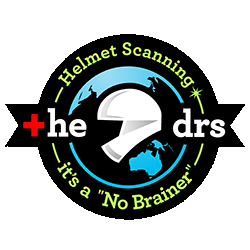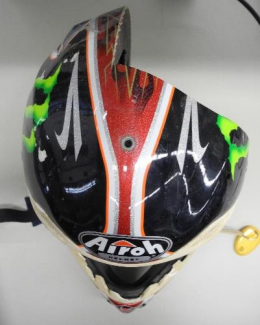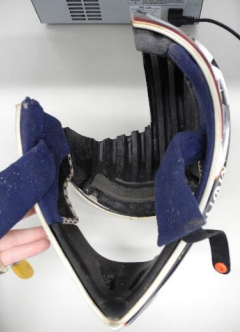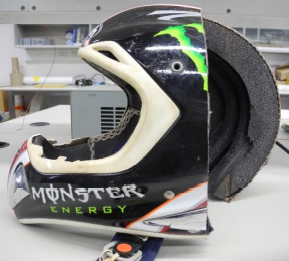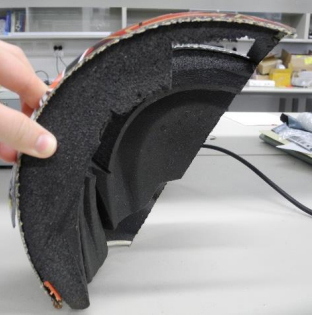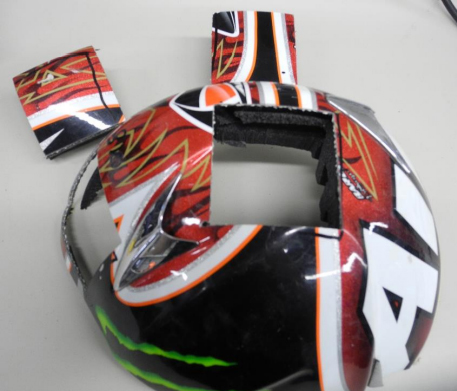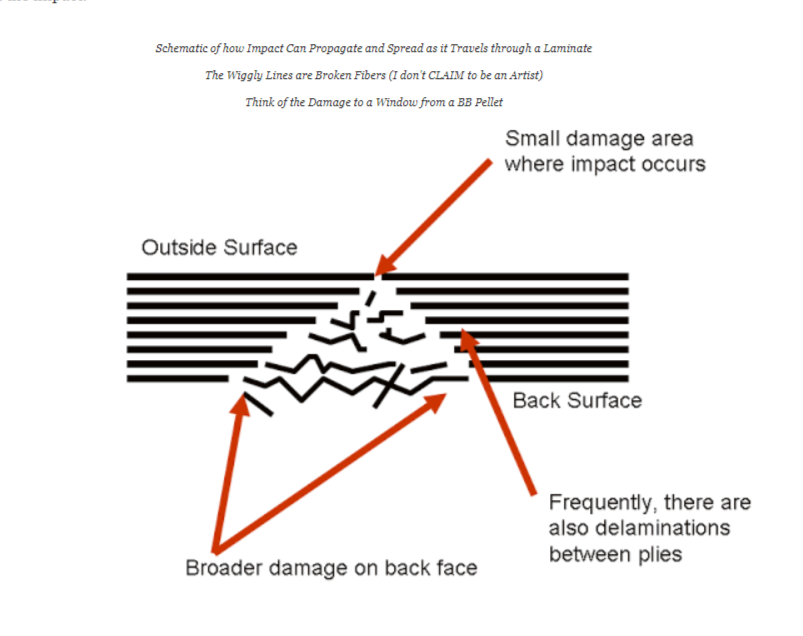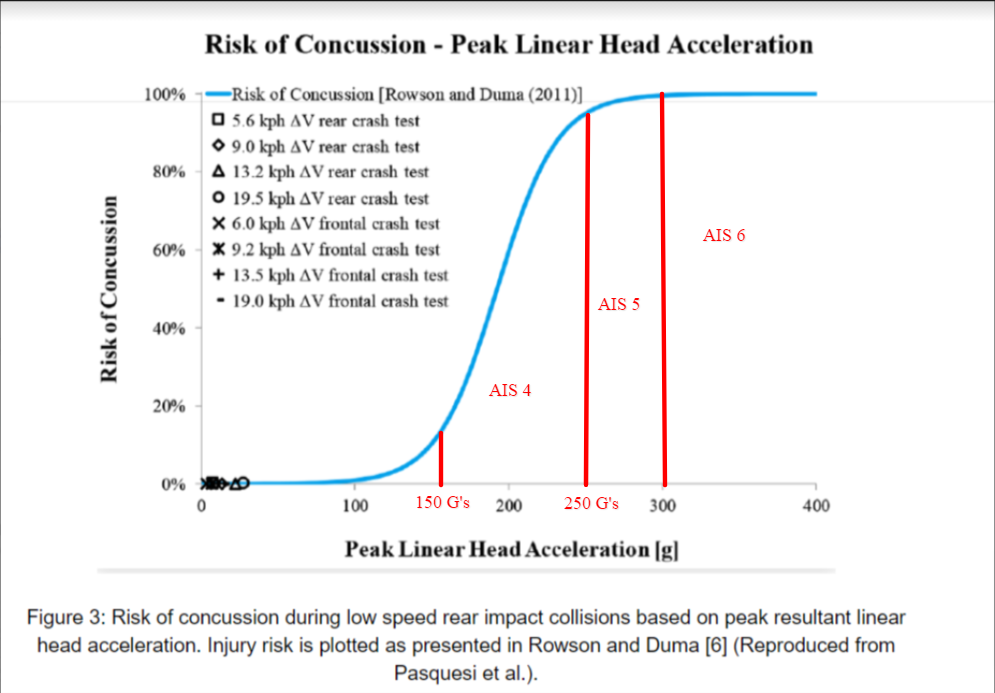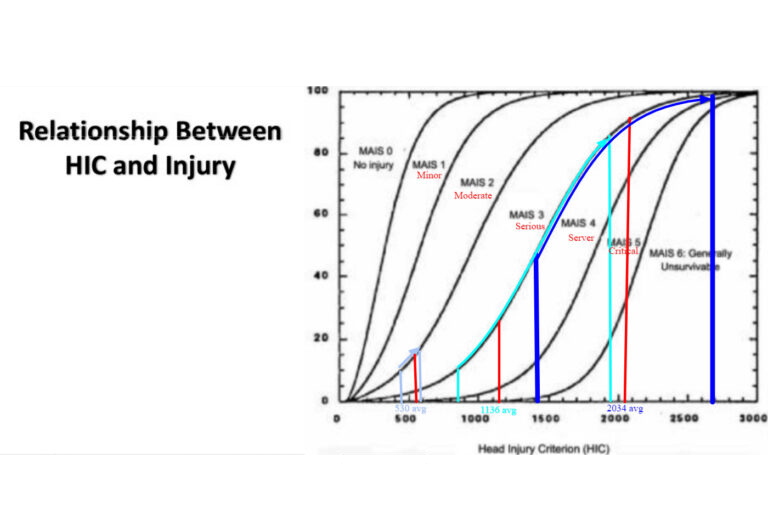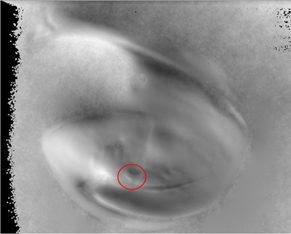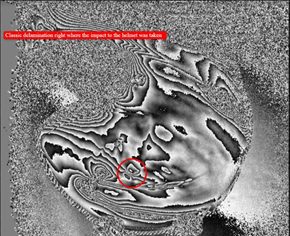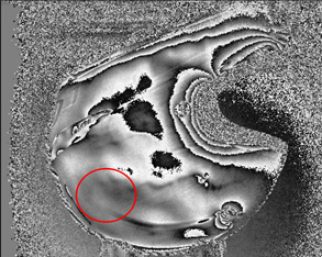A Closer Look at How the Insides Are Impacted on Impact
Ensuring our scientific understanding of helmet inspections, we investigated, dissected, and drop-tested various helmets with the assistance of the University of Queensland and Crashlab- the Centre for Road Safety, Transport Department of New South Wales.
Cashlab testing facilities are world-class, to Australian Standards and Australian Design Rules.
Crashlab maintains compressive National Association of Testing Authorities (NATA), Australian and international accreditation for compliance and helmet testing.
Physical inspections, scientific measurements & many before & after (drop test) images were taken, using the Non-Destructive Laser technique of Holographic Interferometry providing an inside look and evidence of our Laser Scanning technique.


